
In this post
Looking for ways to get found on Google?
For most websites, Google is the most significant source of traffic.
While other sources of traffic, such as YouTube, social media platforms, referrals, and direct visits, are important, Google’s dominance in the search engine market and its ability to deliver targeted, high-quality traffic make it the most significant traffic source for websites.
And since Google is a significant source of traffic, it’s not surprising that getting found and ranking on Google is difficult, especially for new websites.
But don’t worry, it’s not an impossible task. With hard work and patience, your website can rank on Google and start drawing tons of traffic.
In this article, we are covering the steps you need to take to get your website found and ranked on Google.
Let’s dive in.
Get Found on Google vs Ranking: What’s the Difference
Getting found on Google refers to appearing on any page of Google search.
During a Google search, the result of the search typically spans across a couple of pages.
Your website can appear on any of those pages but it won’t draw traffic if it’s not ranking on the first result page.
Ranking, in general, refers to the position or placement of a website in the search engine results page for a specific search query. But here we are using the term “ranking” to refer to appearing in the first few positions of Google’s first result page.
So, to reiterate, your website may appear on any of Google’s result pages but the only way it can draw traffic is by ranking on Google’s first result page. Users typically don’t navigate to subsequent pages because often the information they need can be found on the first page.
This means ranking on the first page of Google is more important than just getting found on Google.
That said, getting found on Google is the first step to ranking on Google’s first page.
In this next section, you will learn how to get found on Google and also how to rank your website on Google’s first page.
How to Get Found on Google & Rank on Google Search
To get found on Google and rank on Google Search, you need to take the following steps:
1. Add Site to Google Search Console & Analytics
Google Search Console (GSC) is a free tool using which you can use to monitor, analyze, and optimize your website’s presence in Google search results. It’s different from Google Analytics (GA) which provides detailed insights into website traffic and user behavior.
We recommend adding your website to both tools and using the information recorded by the tool to optimize your website to improve your search engine rankings.
For instance, using the GSC, you can identify duplicate content issues which refers to identical content being found on multiple pages on a website.
In the eyes of Google, duplicate content can diminish the perceived authority and trustworthiness of a website. The search engine struggles to determine which page is the most relevant for a specific search query.
In some cases, search engines may apply penalties to address duplicate content issues. This can result in lower search rankings and even temporary or permanent exclusion from search engine results pages.
Such disasters can be avoided if you add your website to GSC and take its warnings and recommendations seriously.
Like GSC, Google Analytics or GA can also help improve search rankings. For instance, GA records countries from where your website visitors originate. This information helps you tailor your efforts to specific countries. You can translate your website to cater to visitors from that country and end up drawing more traffic and ranking for more keywords.
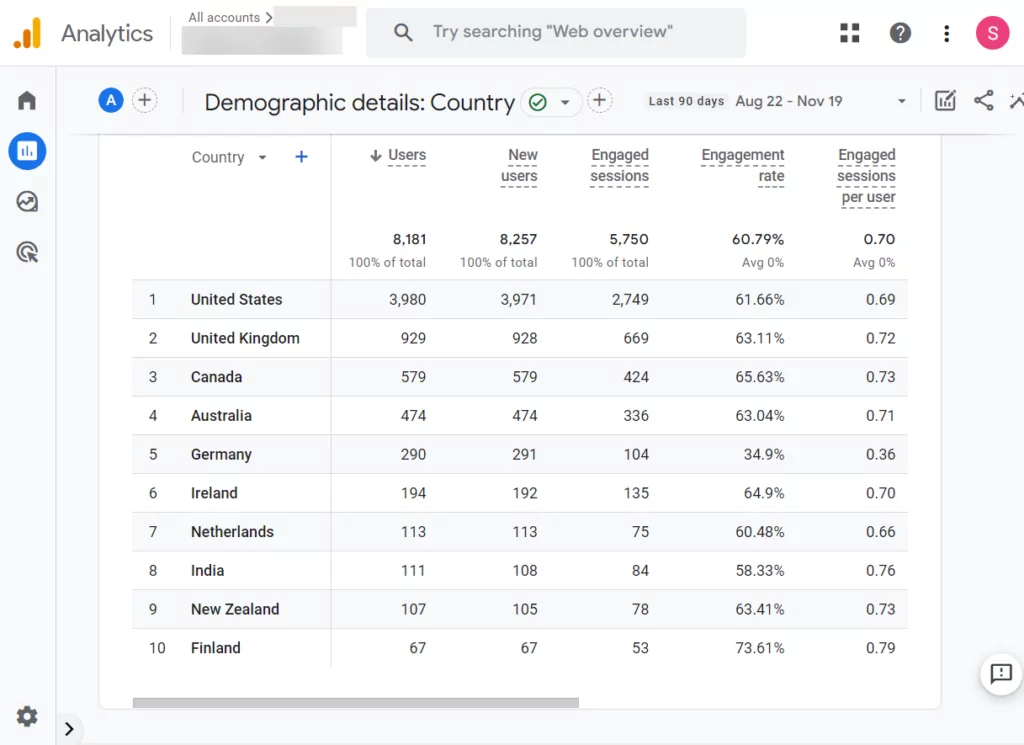
Covering how to add your website to GSC and GA is beyond the scope of this article but there are plenty of resources available online to help you out. We recommend the following guides:
2. Creating an SEO-Friendly Site Structure
SEO stands for search engine optimization and an SEO-friendly site structure refers to the organization and hierarchy of a website’s posts and pages in a way that makes it easy for search engine bots to crawl them.
To create an ideal site structure, you need to be mindful of your menus and internal links.
To create SEO-friendly menus in a website you need to plan your menu structure properly.
Before adding menus to your website, you need to plan out the structure and hierarchy of your website’s pages.
Websites Menus
Menus typically appear on the site’s header and footer.
Headers contain the most important pages like pricing, product features, blog, cart, support, contact, about, etc. These are pages that visitors to your website are highly likely to be interested in.
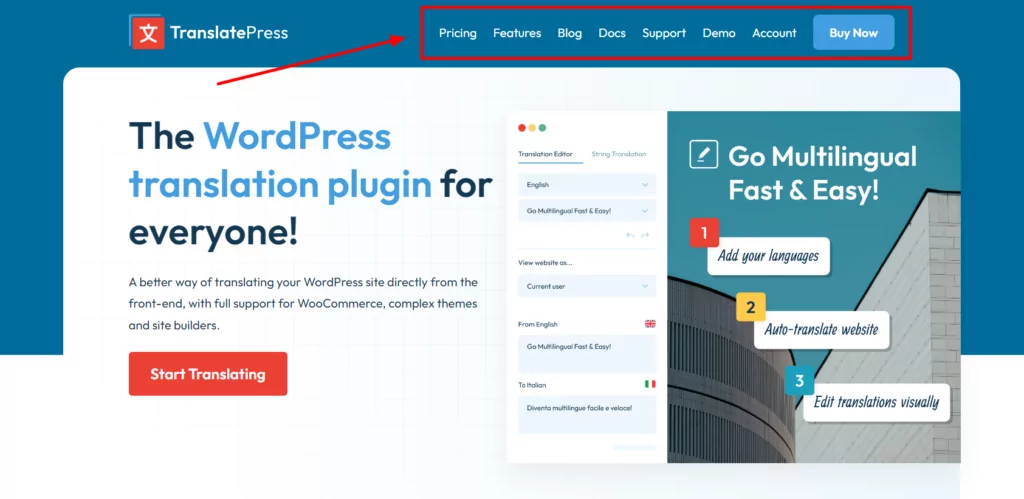
Footers contain pages that visitors are mildly interested in like careers, disclaimers, privacy policies, terms and conditions, and social media pages, among other things.
You can also add some of your best blog posts to the footer to prompt people to check them out. It also allows search engine bots to crawl them every time they visit your website.
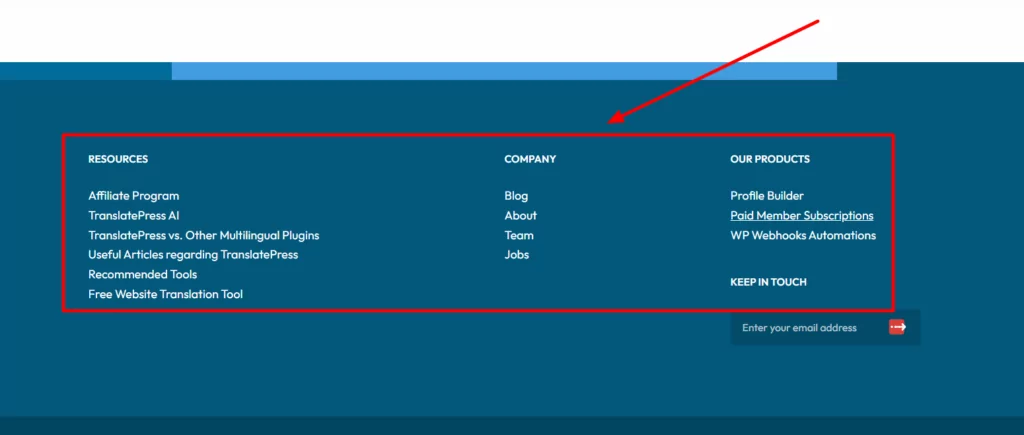
For websites that contain too many important pages that need to be added to the header, we recommend adding subcategory pages.
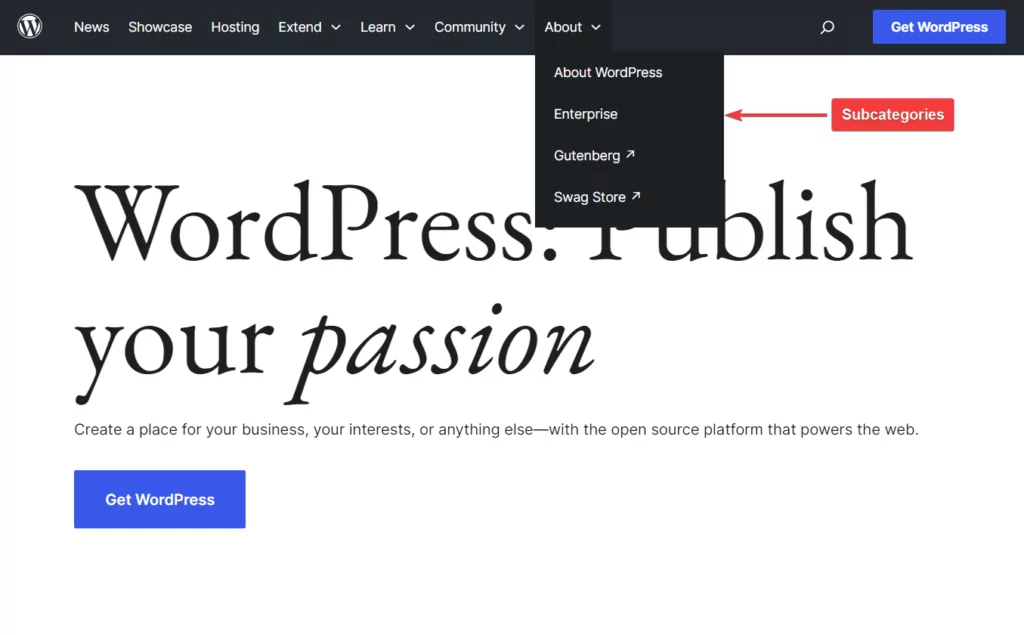
Website Internal Links
As for interlinking, when done properly it plays a crucial role in creating an SEO-friendly site structure. Like the menus, interlinking helps enhance both user experience and search engine visibility.
The basic rule of thumb for interlinking is as follows:
- Link to relevant pages only
- Use keyword-rich anchor text
- Avoid using the same anchor text for two different pages
- Be sure to have at least one link in the first 100 words
- Be sure to add as many relevant links as you can
- Try and spread the links evenly
- Avoid using long anchor text (four words at most)
Here’s a great guide on proper interlinking and another one on how to create WordPress menus.
3. Write Content Worth Ranking on Google
To rank your website on Google, you need to publish high-quality content on your website and it should cater to both visitors as well as search engines.
Creating high-quality content involves conducting thorough keyword research and incorporating those keywords naturally into your content.
It also involves writing well-researched content, using credible sources, and presenting it in a well-structured and engaging manner.
Good content can further enhance its chances of ranking well on Google. Regularly updating and promoting your content can also contribute to its visibility and ranking success.
Use these guides on how to conduct keyword research and write user and SEO-friendly content.
Pro Tip: When doing keyword research to work on some of your first few articles, be sure to target keywords that don’t have a lot of competition. Look for “Longtail” or “zero search volume keywords” as they usually (not always) have low competition.
4. SEO Optimize Posts & Pages
SEO optimization of posts and pages involves applying various techniques and strategies to improve the visibility and ranking of individual web pages or blog posts in search engine results.
Some key aspects of SEO optimization are on-page SEO, off-page, technical, and multilingual SEO for translated websites.
On-page SEO: It mainly involves mindfully placing keywords, distributing target keywords, using tags, optimizing title & meta descriptions, using inbound & outbound links, and optimizing URLs, among other things.
Off-page SEO: It involves activities performed outside of a web page that impact its search engine ranking like building high-quality backlinks, social media marketing, online reputation management, influencer outreach, brand mentions monitoring, etc.
Technical SEO: It involves optimizing technical aspects of a website to improve its visibility and crawling by search engines. Technical SEO includes tasks such as generating XML sitemaps, robots.txt, adding schema markup, optimizing site speed, mobile-friendliness, canonicalization, and resolving crawl errors, among other things.
Multilingual SEO: It involves optimizing websites to target multiple languages and includes keyword research and content localization, translating SEO metadata, etc.
Some SEO can be implemented manually and others have to be implemented using tools like Yoast SEO and TranslatePress.
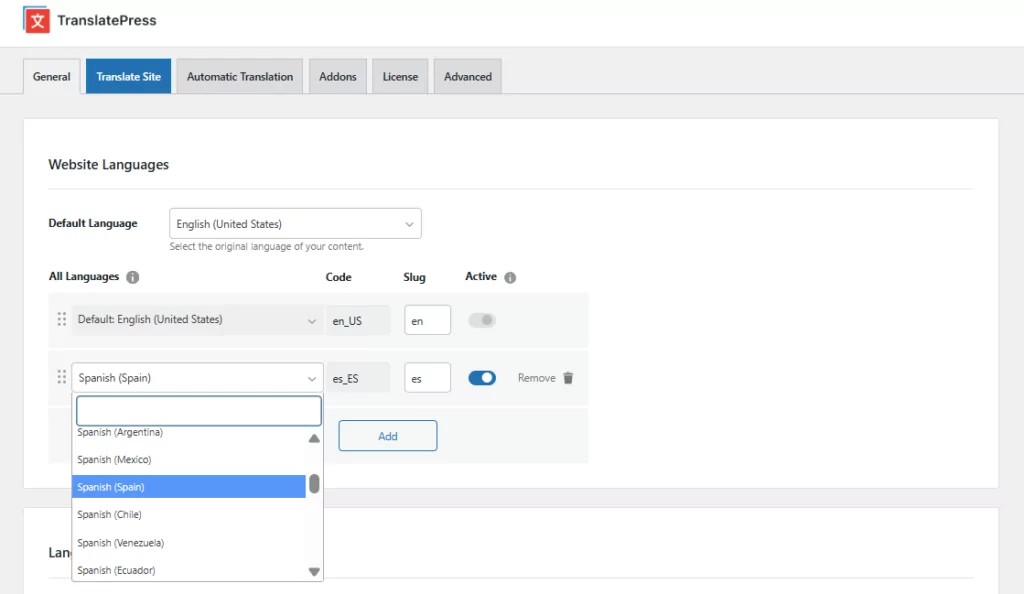
TranslatePress Multilingual
We have separate articles on how to use these tools and implement search engine optimizations:
5. Ensure High Loading Speed & Mobile Friendliness
Speed is an important ranking factor of websites on Google. This means the faster your website is the higher chance it has to be found on Google’s first page.
Google’s purpose in making speed a ranking factor is to ensure that visitors can quickly access any of your posts and pages.
Google also has a mobile-first indexing policy which means it uses the mobile version of a website’s content for indexing and ranking in search results. As you can imagine, this policy was implemented when Google recognized how its users increasingly access the internet through mobile devices.
You can check your website speed using speed testing tools like Google PageSpeed Insights, GTmetrix, Pingdom, etc. They offer details on what’s causing the slow site speed. Using these details, you can search for solutions to speed up your website.
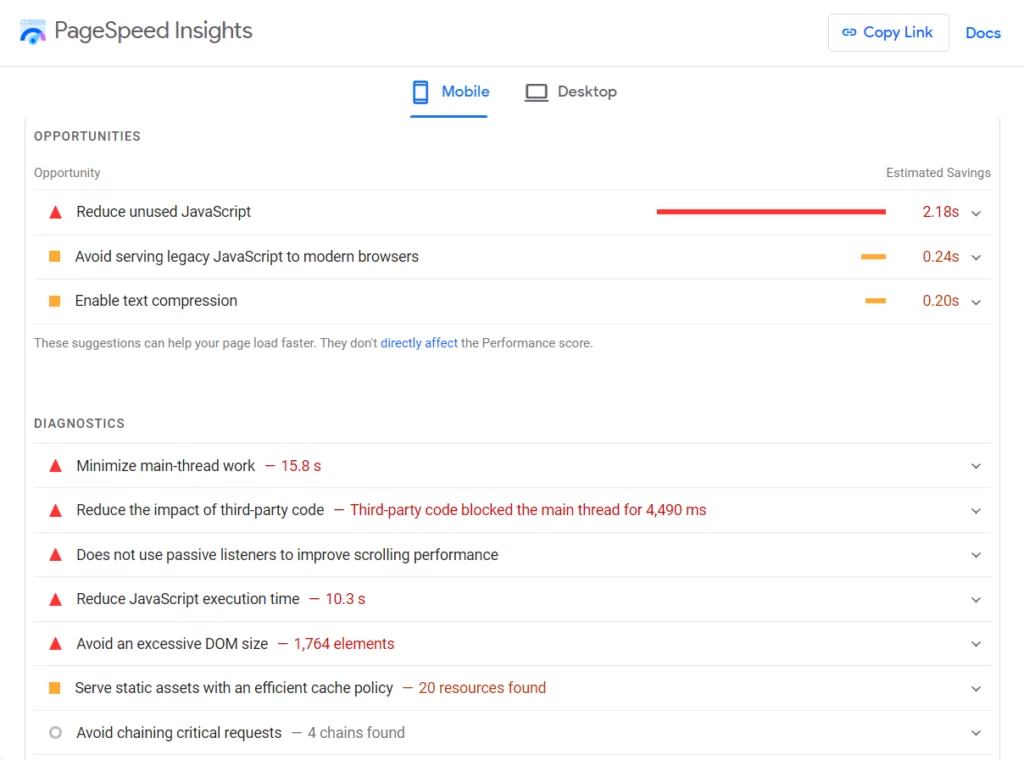
6. Get Backlinks From Authoritative Websites
Getting backlinks from reputed authoritative websites improves your website’s authority and credibility. It signals to search engines that your website is valuable and trustworthy. This helps improve your site ranking and organic traffic.
While good content can draw backlinks on its merit, you can also implement strategies to attract backlinks to your posts and pages.
Here’s a quick rundown of some of those strategies:
Guest posting: Reaching out to relevant websites in your industry and offering to write guest posts in return for a backlink.
Building relationships: Engaging with influencers and industry experts through social media, comments, or even email and offering collaborations which could lead to acquiring backlinks to your website.
Broken link building: Find broken links on other websites within your industry and offer to replace them with relevant and better content from your website.
To know more backlink strategies and how to implement them, read this guide: Link Building for SEO.
7. Implement SEO Audits Regularly
SEO audits refer to analyzing and evaluating various aspects of a website to identify areas for improvement. It’s important to audit your website regularly to ensure that it remains optimized for search engines and continues ranking on Google’s first page.
The easiest way to SEO audit a website is to use a tool like Google Search Console (GSC).
You can use it to identify indexing issues and review metrics like clicks, impressions, average position, and click-through rate (CTR) to gain insights into your website’s search performance.
GSC can also be used to identify potential keywords or improve low-ranking content. You can monitor backlinks, remove spammy links, and identify mobile-related issues among other things.
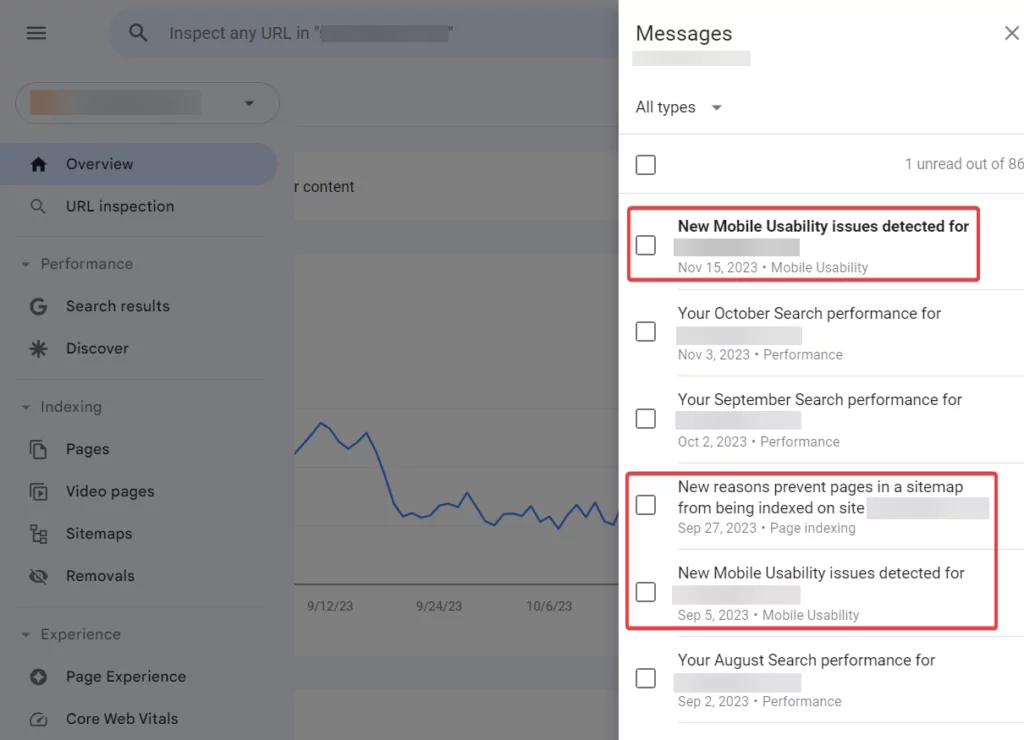
SEO auditing of a website involves a lot of steps, most of which are covered in this dedicated guide: SEO site auditing. Use the guide to implement SEO auditing on your website.
8. Double-down on What’s Working
So far we have covered many strategies to help your website get found and rank on Google.
After implementing those strategies, you’ll notice that some strategies work while others don’t offer desired results.
It’s important to note which strategies are working and which ones aren’t. The strategies that aren’t working should be dropped and the ones that are working should be prioritized and further optimized to maximize their impact.
Conclusion
Google is the world’s most popular search engine, drawing millions of users every month. It’s an ideal source of traffic.
Given that Google is such a lucrative source of traffic, millions of websites are competing with each other to be found on Google.
So, getting found on Google may seem like an impossible task but it’s not. There are steps you can take to ensure that your website ranks on Google search results and draws traffic.
We recommend the following steps:
- Add site to Google Search Console & Analytics
- Create an SEO-friendly site structure
- Write high-quality content that is worth ranking on Google
- Implement on-page SEO, off-page SEO, and technical SEO
- Translate website to different languages and multilingual SEO using tools like TranslatePress
- Ensure high loading speed on desktop and mobile
- Get backlinks for authoritative websites
- Implement SEO audits regularly and double down on the strategies that are working
TranslatePress Multilingual
Have any questions about how to get found on Google? Let us know in the comment section below.


